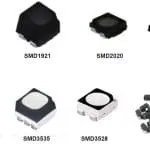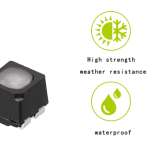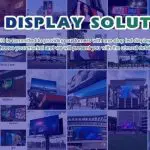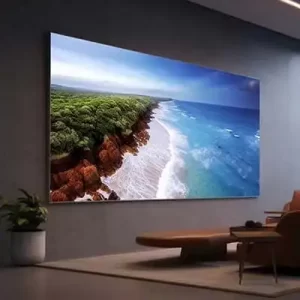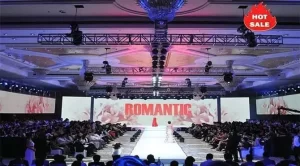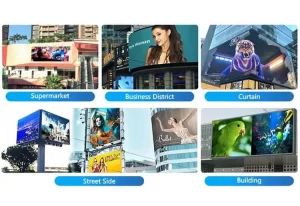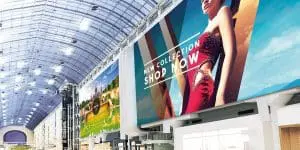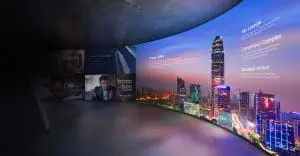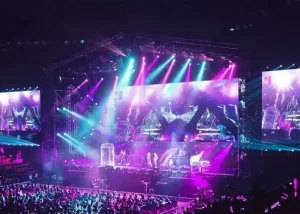If you’ve browsed through television aisles, digital billboards, or signage solutions recently, you’ve probably encountered the term “LED screen” more than once. Whether you’re shopping for a home entertainment setup, upgrading your business’s display systems, or simply curious about modern screen technologies, understanding what an LED screen actually stands for—and what it offers—can help you make more confident choices.
Defining the Term: What Does “LED” Really Mean?
“LED” stands for Light Emitting Diode. In the context of a screen, it refers to the technology used to illuminate the display panel. Contrary to popular belief, an LED screen isn’t a completely different type of display from LCD (Liquid Crystal Display)—instead, it’s a more advanced version that uses LED lights for backlighting.
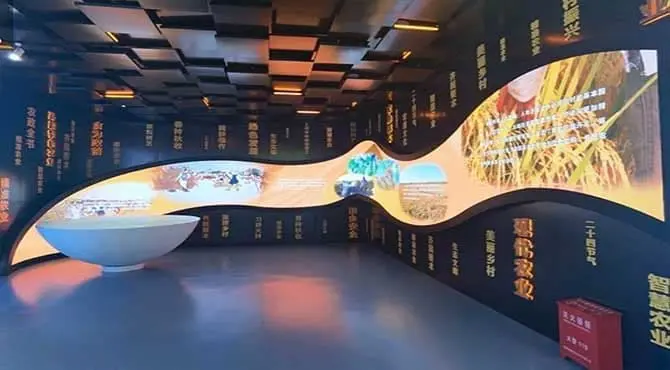
So when people say “LED screen,” they usually mean an LED-backlit LCD screen—a screen that uses LEDs behind or along the edge of an LCD panel to produce the image you see.
In recent years, however, the term has also come to represent direct-view LED displays—the kind used in massive outdoor billboards and concert venue screens. These are different from your home television, as they don’t use an LCD panel at all. Instead, each pixel is an individual LED, allowing for brilliant colors and extreme brightness, even in direct sunlight.
How LED Screens Work
To understand the technology, let’s look at the two main types of screens that are commonly referred to as LED:
| Feature / Type | LED-Backlit LCD Screen | Direct-View LED Screen (True LED) |
| Basic Structure | LCD panel with LED backlighting | Each pixel is a tiny LED emitting light directly |
| Light Source | LED lights behind or around the edges of the LCD panel | No backlight; the LEDs themselves emit the image |
| Image Formation | Liquid crystals modulate light from the LEDs | Individual LEDs create the image by direct light emission |
| Typical Usage | Televisions, computer monitors, indoor signage | Outdoor billboards, stadium displays, large digital signage |
| Jas | Moderate to high, depending on panel and LED configuration | Extremely bright, even in direct sunlight |
| Škálovateľnosť | Limited by panel size | Highly scalable—can be tiled to create giant screens |
| Presnosť farieb | Good, varies by panel quality and backlight type | Very good, often excellent in high-end commercial displays |
| Cena | More affordable, widely available | More expensive, used in specialized or commercial applications |
| Údržba | Relatively simple | May require modular repairs for large installations |
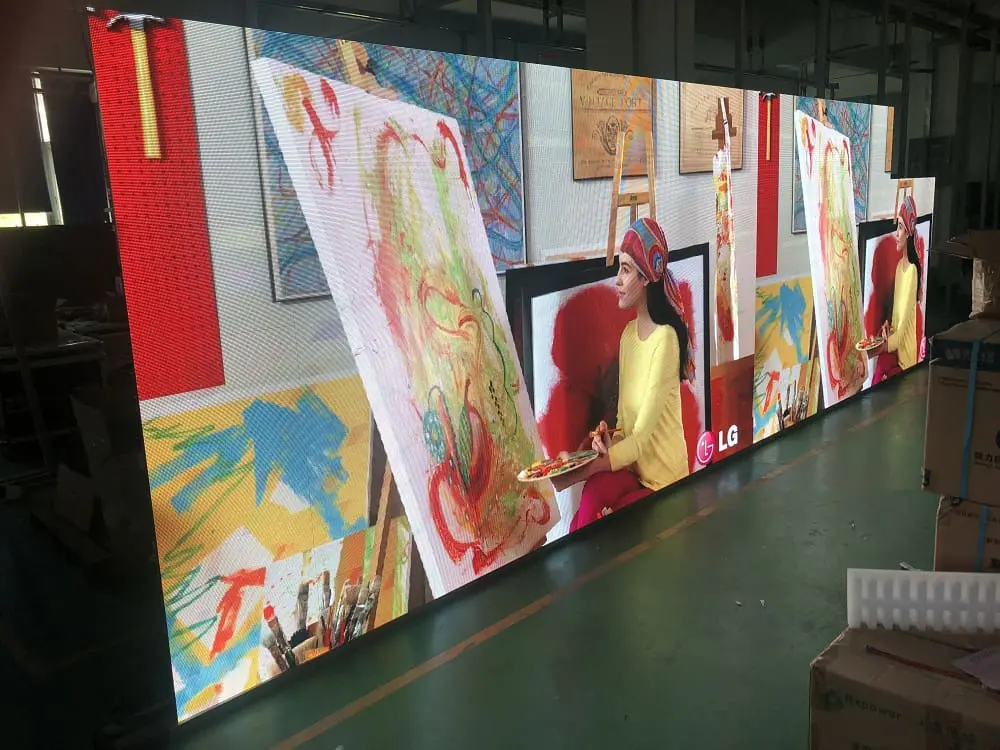
The Evolution of LED Screen Technology
The concept of using light-emitting diodes dates back to the 1960s, but it wasn’t until the 2000s that LED technology matured enough to become mainstream in consumer electronics. Here’s a quick timeline:
- Pre-2000s: Most screens used CRT (cathode-ray tube) technology or CCFL-backlit LCDs.
- Mid-2000s: LED-backlit LCDs began replacing older models.
- 2010s Onward: True LED displays became common in commercial settings.
- Today: High-end options like OLED and Mini-LED provide even more refined visuals.
Why LED Screens Have Become So Popular
1. Thinner and Lighter Designs
LED backlighting allows manufacturers to create sleek, ultra-thin displays that can be wall-mounted easily or built into slim commercial installations.
2. Better Energy Efficiency
LEDs consume significantly less power than traditional lighting systems. For commercial use—like 24/7 signage or airport displays—this translates into major energy savings.
3. Enhanced Visual Performance
LEDs enable more precise control over brightness and contrast. Combined with local dimming or full-array backlight technology, the result is deeper blacks and more vibrant colors.
4. Longer Lifespan
An LED light source typically lasts longer than its fluorescent or incandescent counterparts. This reduces maintenance and replacement costs over time.

Understanding the Types of LED Screens
Let’s break down the different variants of LED screen technologies on the market:
Edge-Lit LED
- LEDs are placed along the edges of the screen.
- Light is distributed across the panel via a light guide plate.
- Results in thin screens but sometimes uneven brightness.
Full-Array LED
- LEDs are distributed evenly behind the entire screen.
- Offers more uniform brightness and supports local dimming.
- Provides deeper blacks and better contrast.
Mini-LED
- Uses thousands of tiny LEDs for backlighting.
- Allows for precise brightness control and improved HDR performance.
- Available in high-end TVs and monitors.
Mikro-LED
- Each pixel is an individual LED, similar to OLED but with better brightness and no burn-in risk.
- Still expensive and mostly found in prototypes or premium displays.
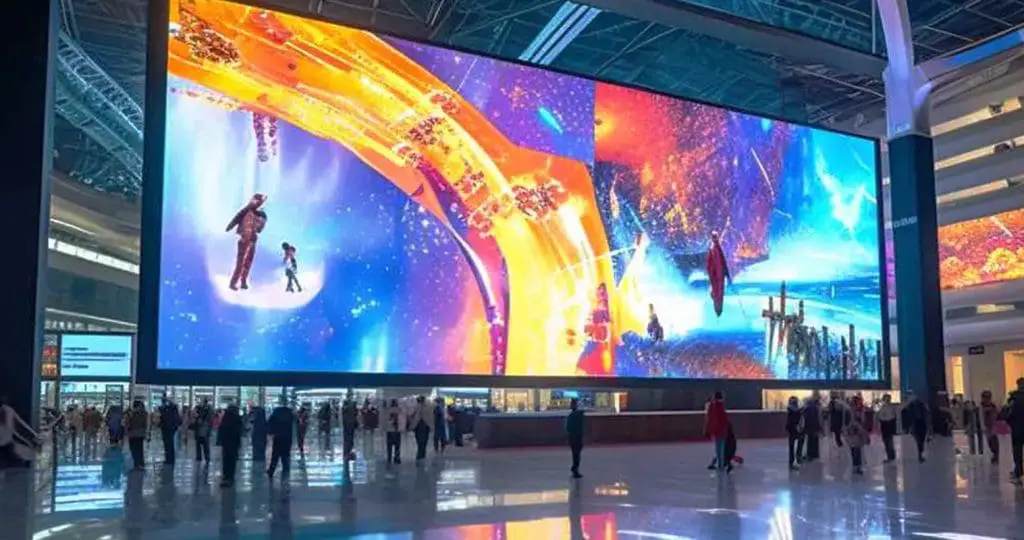
Common Use Cases for LED Screens
Home Entertainment
- Televisions, gaming monitors, and home theater projectors often use LED backlighting.
- Consumers prefer LED TVs for their clarity, slim profiles, and vibrant visuals.
Digital Signage
- Shopping malls, airports, and transport hubs deploy LED screens for advertising and information.
- Weatherproof, high-brightness models are perfect for outdoor use.
Business Presentations
- LED screens in conference rooms or lobbies offer professional, high-resolution displays for corporate branding and communication.
Stadiums and Events
- Massive LED panels display live feeds, advertisements, and scores in sports arenas and concerts.
- Built for brightness, clarity, and durability.
Ako si vybrať správnu LED obrazovku pre vaše potreby
Whether you’re shopping for a TV or a public display, consider the following:
- Environment
- Vnútorné verzus vonkajšie
- Podmienky okolitého osvetlenia
- Mounting constraints
- Veľkosť a rozlíšenie obrazovky
- Bigger isn’t always better if resolution doesn’t match.
- 4K is now standard for TVs; commercial displays depend on viewing distance.
- Rozpočet
- LED-backlit LCDs are affordable and widely available.
- Direct-view LED or micro-LED screens come with a premium price.
- Maintenance Requirements
- LED screens usually require less maintenance, but it’s worth checking warranty and support services.
- Typ obsahu
- Static text? Dynamic video? Gaming visuals? Each use case has different brightness, contrast, and refresh rate needs.
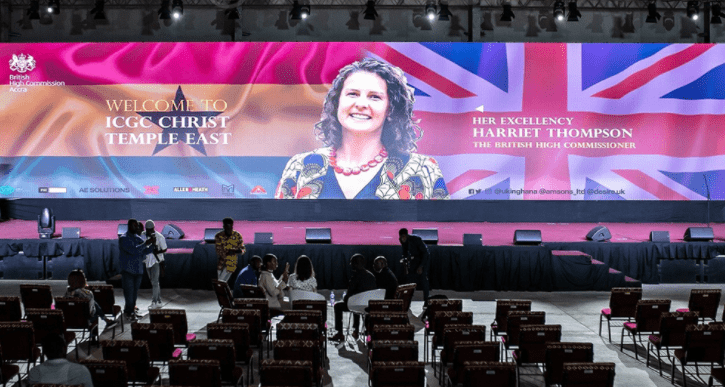
Advantages and Limitations of LED Screens
Pros
- Energy-saving
- Ľahká
- Great color accuracy
- Long operational life
- Fast response time
Cons
- Higher initial cost compared to traditional LCD
- Limited viewing angles in lower-end models
- May require calibration in professional settings
Maintenance and Lifespan: What to Expect
A well-maintained LED screen can last 50 000 – 100 000 hodín. That’s over a decade of use at 8 hours per day. Still, regular cleaning, ventilation checks, and calibration (for commercial setups) can go a long way in preserving picture quality and functionality.
Dust buildup, overheating, or power surges can affect LED modules over time. Choosing a screen with a good thermal management system is especially crucial for outdoor displays.
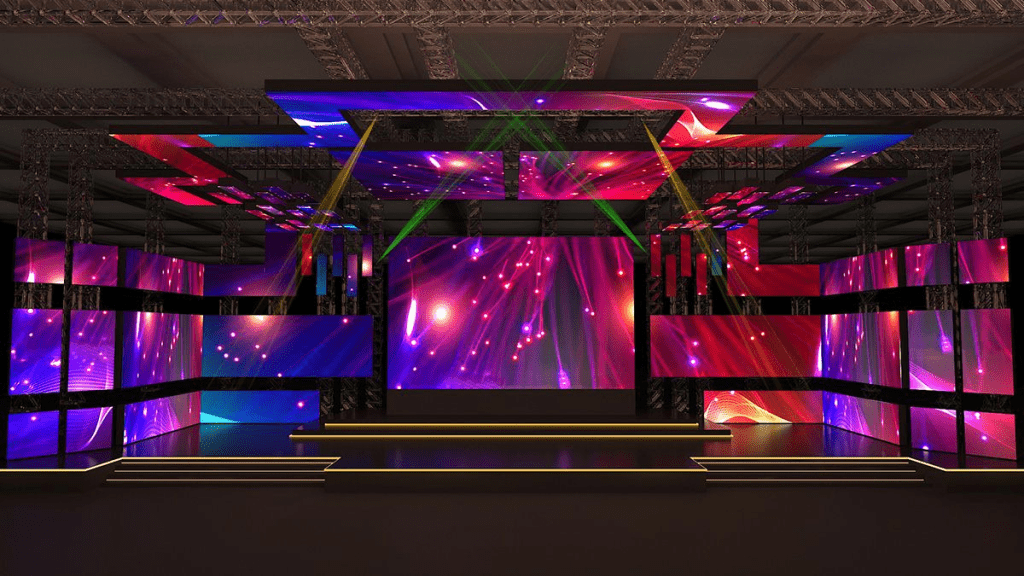
Q&A: Common Questions About LED Screens
What does “LED screen” actually stand for?
It refers to a display that uses Light Emitting Diodes as a light source—either as backlighting behind an LCD panel or as the individual pixels in direct-view displays.
Are LED and LCD screens the same?
Not quite. LED screens are technically LCDs with LED backlights. But there are also direct-view LED displays, which are fundamentally different.
Is an LED screen better than OLED?
Each has strengths. LED is brighter and less prone to burn-in, while OLED offers deeper blacks and better contrast. LED is often more cost-effective and durable.
Do LED screens hurt your eyes?
Most modern LED screens come with blue light filters and flicker-free technology to reduce eye strain, especially for prolonged use.
Can LED screens be used outdoors?
Yes. Many LED displays are built specifically for outdoor use, with waterproof casings and ultra-high brightness levels for daylight visibility.
How do I clean an LED screen safely?
Use a microfiber cloth with a gentle screen-safe cleaner. Never spray liquid directly onto the screen—apply to the cloth first.
Why LED Screens Dominate Today’s Display Market
From TVs to billboards, the dominance of LED screens in the display world is no accident. They combine brilliant visuals, energy efficiency, long lifespana sleek design in ways that older technologies simply can’t match.
Whether you’re a business owner looking to upgrade your signage or a consumer buying your next smart TV, knowing what “LED screen” really stands for helps you choose the right solution—with confidence and clarity.









